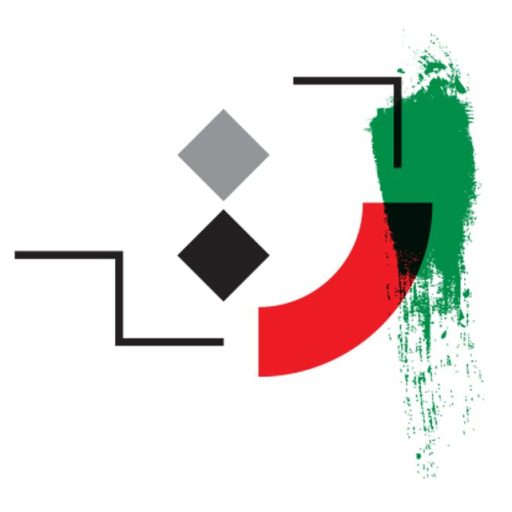Siavash Kasrai
Siavash Kasrai (Persian: سیاوش کسرائی; February 25, 1927 – February 8, 1996)[1] was an Iranian poet, literary critic and novelist. He is well-known for his epic poem of Arash the Archer written in the late 1950s. An active supporter of the Communist Tudeh Party of Iran from the late 1940s to the mid 1980s, he distanced himself from its leadership in 1988–1990, and turned into an outspoken critic in the mid 1990s…. more
iavash Kasrai was a leftist poet and a member of the Iranian Writers’ Association of Iran who was known as the most prominent revolutionary poet and was an opponent of the Pahlavi government. He was imprisoned before the 1979 Islamic Revolution and was forced to leave Iran after the Revolution…. more
Siavash Kasraie (also spelled as Siavash Kasrai) was an Iranian poet. Kasraie graduated from Tehran University, Faculty of Law. A native of Isfahan, his first collection of poetry was published in 1957. His second book, Arash the Archer (1959), brought him immediate fame. This epic narrative, based on ancient Persian myth, depicts Arash’s heroic sacrifice to liberate his country from foreign domination…. more
English Translated Poems of Siavash Kasrai…. more
The present study deals with the investigation of the Time theme in the Images existing in the Arash Kamangir (Arash Bowman) epic epopee written by Siavash Kasraei. The research is based on Gilbert Durand’ s theory… more
